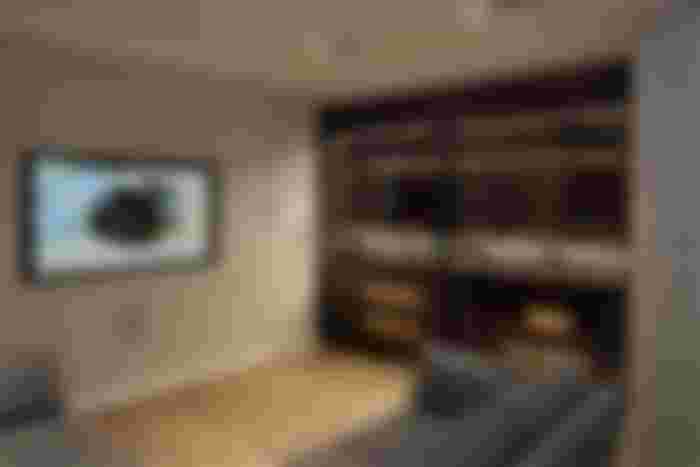Top 5 Wine Cellar Designs Problems!
Since the wine was first made about 8,000 years ago, storing wine has been a gift as well as a curse. The wine produced at the earliest production site uncovered to date in the Republic of Georgia was kept in earthenware jars. That old wine wouldn't have had a very long shelf life.
The wine that is not kept sealed in a container like a modern wine bottle quickly spoils. Depending on the type of wine, even wine in bottles that have been opened, corked, and kept in the refrigerator or wine cellars London only retains its flavor for a day to a week. Wine often deteriorates by one of two processes: oxidation of the alcohol in the wine, which makes it unpleasant to drink, or the chemical process rumored to turn wine into vinegar.

However, it is usually a blessing to be able to store noble wines efficiently and securely for an extended time. Additionally, a wine's flavor, complexity, and depth can change and improve with age due to a chemical reaction combining tannins, a component, and the inherent acidity of the wine.
There are five crucial wine storage challenges to keep in mind no matter where you are in the wine cellar designs process—desire, planning, creation, or stocking and maintaining:
Humidity
If wine storage temperatures are ideal and reliable, some sources don't "sweat" humidity levels too much. However, sufficient humidity is necessary to provide long shelf life for good wines because wet corks are necessary to maintain a tight seal on bottles that prevents oxygen from penetrating and oxidizing the wine. Wine quality is at risk if there is insufficient moisture, yet excessive moisture may facilitate mold growth.
Vibrations
Vibrations can disturb sediment already in the bottle. In the bottle, vibration causes a drop in tartaric and succinic acids, lowering esters and dulling flavor. Still, they can also trigger intricate chemical processes that are less obvious, which provides a clear explanation of why they are bad for excellent wine.
Light
The reason why wine bottles are fashioned of heavy, opaque glass. Wine's tannins are destroyed by ultraviolet radiation (UV), which starts a chemical process that prematurely ages and oxidizes the beverage. Wine storage experts also advise against keeping wine in areas with excessive fluorescent lighting since it includes UV radiation.
Security
It takes more than just maintaining ideal storage conditions for temperature and humidity to protect your bespoke wine cellars. Additionally, you must protect wines from theft, pilferage, and accidental breakage by negligent or unauthorized visitors to the wine cellar.
Temperature
According to The Wine Spectator, quality wine should be stored at a temperature between 45- and 65 degrees Fahrenheit, with 55 degrees being the best range. Anything above 70 degrees puts the wine at risk of becoming "cooked," or worse, deteriorating.
There is a requirement for quality control as part of the purchasing process since wines that have been compromised on their path from bottling to the wine cellar or other storage facilities will never be at their best.
